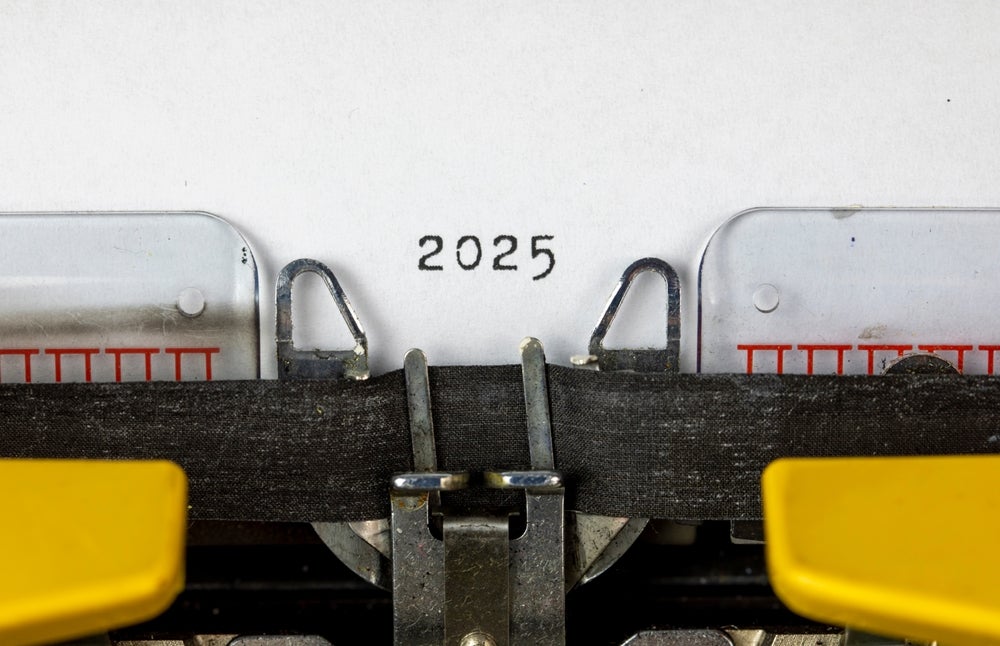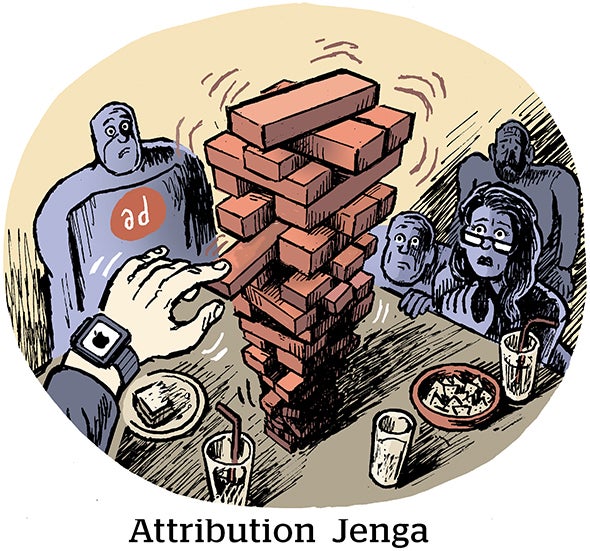Leo Burnett’s advertising campaign first posed the provocative question in 1971.
Ella Fitzgerald’s recorded voice shattered a wine glass in one of the most memorable television commercials ever.
The tagline survives, and the message remains the same: live music is the preferred experience; a performance played back on a great sound system ranks a close second.
About a century ago Thomas Edison grappled with how to get music lovers to understand they could listen to favorite pieces in the comforts of their own homes.
A $2 purchase at an upstate New York antiques store bought a package of a dozen pamphlets circa 1927 to 1929 promoting Thomas Edison’s latest phonographs.
In what seems to be an early example of experiential marketing, Edison apparently relied on a network of local retailers to attract would-be purchasers.
The pamphlets were “compliments of the Utica Phonograph & Supply Co., Inc.,” whose name, address and phone number were ink-stamped on each brochure.
Presumably that’s where locally the difference between “Ordinary Phonograph Music” and “Edisonic Closeup Music” could be heard for one’s self.
The ad copy promises “a depth, perspective, beauty… the living artist seems present in the room.”
The pamphlets apparently belonged to Ms. Ethyle B. Owens, who wrote her name and address inside one piece. In any case, she was a yesteryear example of what the consumer electronics industry refers to as an “early adopter.”
Ms. Owens was skeptical about Edison’s marketing hyperbole. Next to the headline “Ain’t It Wonderful,” she wrote in script: “No — it’s miraculous!” Our cynic follows it by “Bologna! Bologna! Bologna!”
A comic strip details a visit to the local music store to trade-in the old model for a new one (a $12.75 credit towards the new purchase price of $19.50).
Perhaps the Super Audio CD and DVD-Audio “next-generation” formats — both which failed miserably in recent years — would have fared better had there been Edison-like, CD player trade-in offers and in-store listening opportunities.



